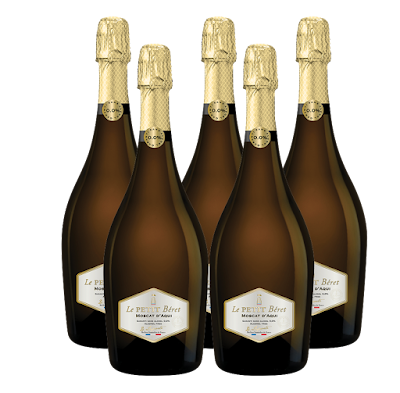Champagne is sparkling wine. Many people use the term
Champagne as a generic term for sparkling wine but in many countries, it is
illegal to label any product Champagne unless it both comes from the Champagne
region and is produced under the rules of the appellation.
Where EU
protectionism laws apply, this alcoholic drink is produced from grapes grown in
the Champagne region of France following rules that demand, among other things,
secondary fermentation of the wine in the bottle to create carbonation,
specific vineyard practices, sourcing of grapes exclusively from specific
parcels in the Champagne appellation and specific pressing regimes unique to
the region.
Primarily, the grapes Pinot Noir, Pinot Meunier, and
Chardonnay are used in the production of almost all Champagne, but a tiny
amount of pinot blanc, pinot gris, arbane, and petit meslier are vinified as
well. Champagne appellation law allows only grapes grown according to
appellation rules in specifically designated plots within the appellation to be
used in the production of Champagne.




















































